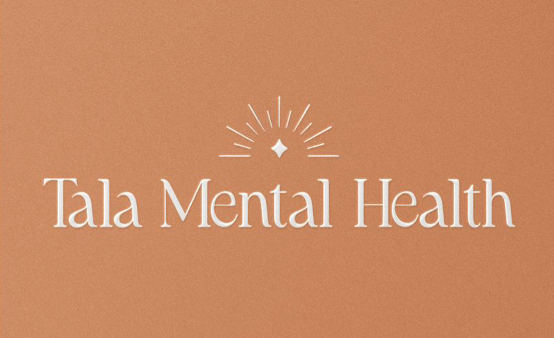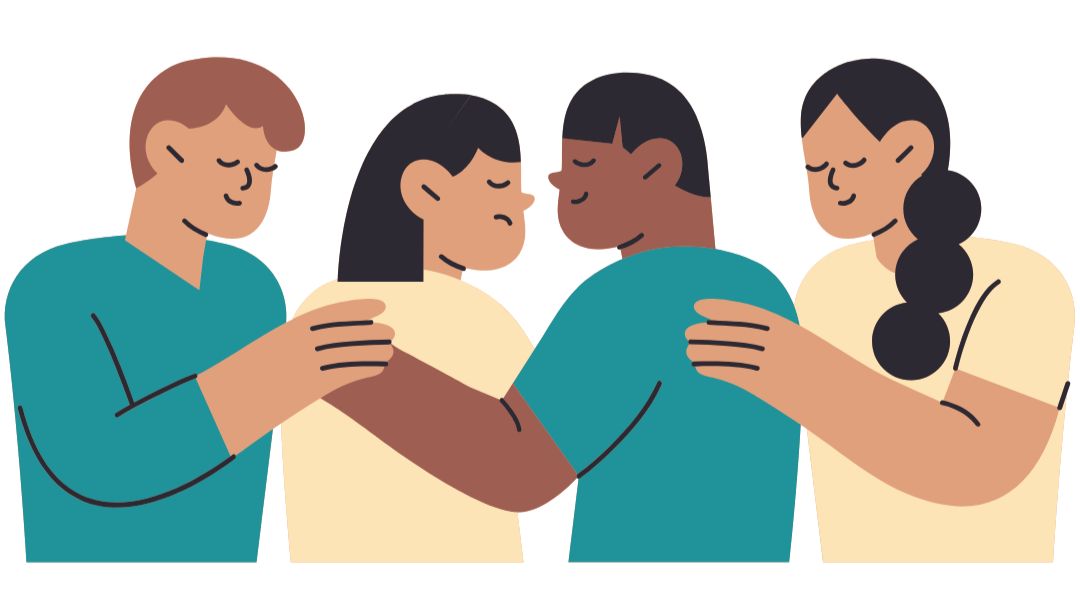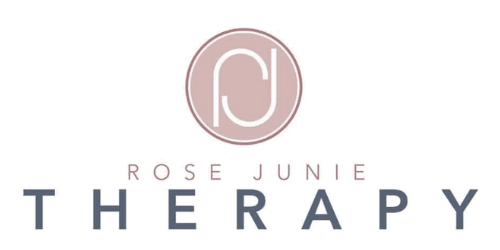Releasing Responsibility
As
family gatherings commence this holiday season, our attachment wounds and pain points may become magnified. For some of us, this is the time in which we might
“armor up” and prepare ourselves for common triggers.
We may enter family spaces with anxious predictions and commit to diffusing tension as much as possible, as often as possible. We do this, as we may have in childhood, to
“maintain the peace.”
But when we are constantly assessing everyone else’s emotional state via
verbal/nonverbal cues, we may adopt the responsibility of managing their emotions altogether.
This may look like:
Mind-reading or trying to make sense of and anticipate others’ behaviors/choices
Keeping others from having
negative emotions by problem-solving in advance
Act as the negotiator or
mediator for relationships
Instead of trying to manage other people’s emotions, we must
release that responsibility by first understanding our role as adults.
Our role is not to predict nor curate others’ emotional experiences. Instead, our role as functioning adults is to learn about and acknowledge our own
emotions/thoughts that guide our behaviors.
We are only
responsible for our own experiences and that can look like:
Learning to regulate our own emotions to decrease reactivity
Being clear on our values, beliefs and boundaries
Practicing thoughtfulness and being present in important relationships
How might you navigate this season differently with a more self-focused approach rather than an others-focused one?
Written by: Elaine Raif

We are excited to announce that we are now accepting
AETNA insurance.
Start by contacting us for a consultation and we can help you understand your benefits.
Enjoyed this message?
feel free to share it by clicking below



